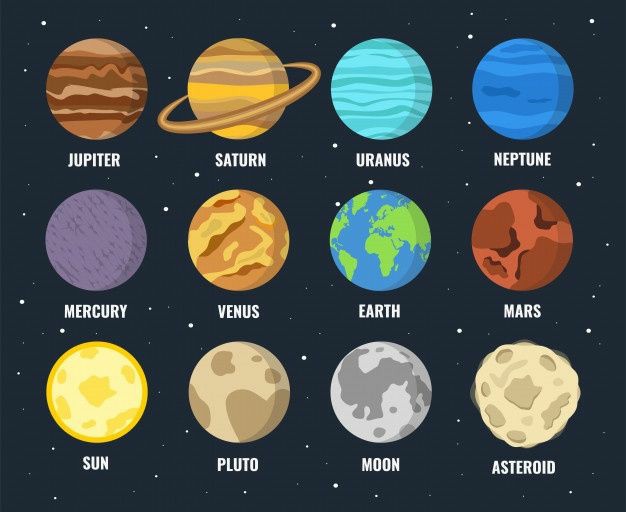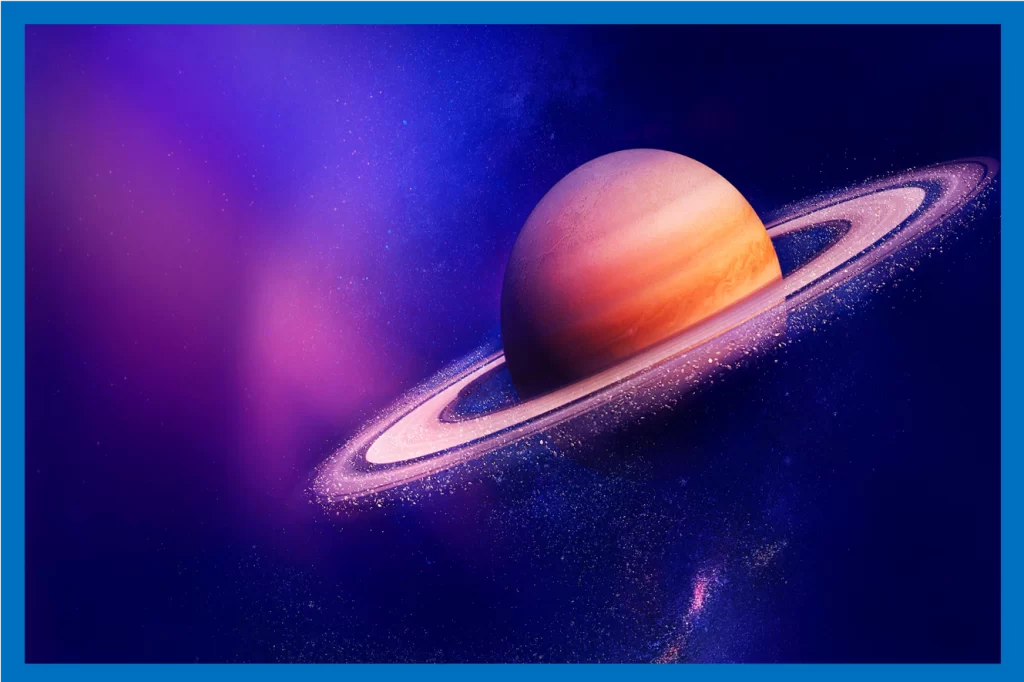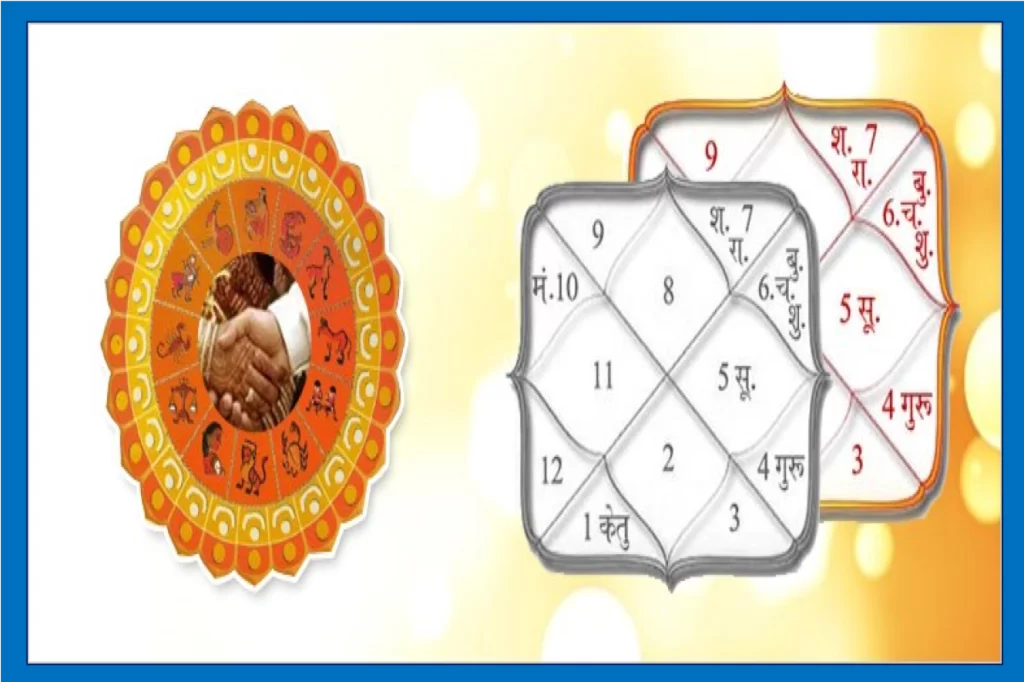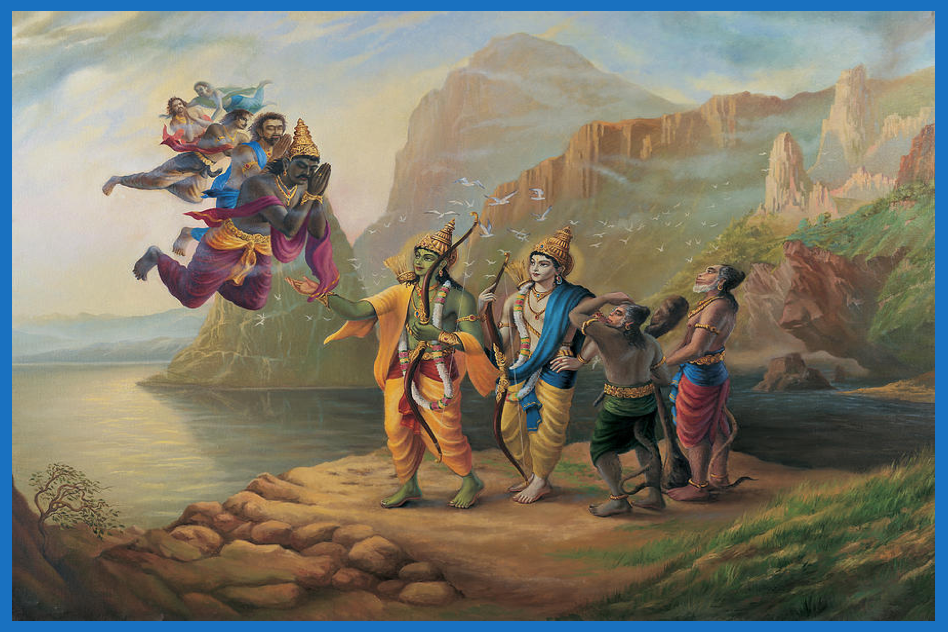“The badhaka sthana for all movable signs is the 11th house from there; the badhaka sthana for all fixed signs is the 9th house from there; and the badhaka sthana for all dual signs is the 7th house from there.”
Consequently, the badhaka-sthanas for the 12 zodiac signs are as follows:
1. Aries: Aquarius
2. Taurus: Capricorn
3. Gemini: Sagittarius
4. Cancer: Taurus
5. Leo: Aries
6. Virgo: Pisces
7. Libra: Leo
8. Scorpio: Cancer
9. Sagittarius: Gemini
10. Capricorn: Scorpio
11. Aquarius: Libra
12. Pisces: Virgo
The most detrimental and challenging is badhaka sthana according to the Jaimini teachings. The word “badhaka” literally means “to obstruct,” referring to the events that bring about oppression, harassment, pain, hindrance, and harm from that specific dwelling. Depending on other aspects of the birth chart, such as health, reputation, family, work, etc., the type of injuries and obstacles may be connected to a wide range of topics. The verb “badh,” which comes from the root, implies to push, force, drive away, repel, and remove.
Thus, the query is, when does this time frame show up in a person’s life? Astrologers typically view Badhaka-sthana as a malefic house that, throughout its planetary time, produces unfavourable outcomes. Regretfully, a lot of astrologers apply this—with their own modifications—to Vimshottari, the most widely used dasha system based on the Nakshatra. This is untrue, though. It is applicable only to Chara dasha, a Jaimini dasha based solely on bhavas (houses). There are only two instances in BPHS when Badhaka is mentioned; they are both in the chapter “Effects of the Chara Dashas” and go as follows:
1. For the four Movable Rāśis—Mesh, Kark, Tula, and Makar—Bhadak Bhavas are Kumbh, Vrishabh, Simh, and Vrischik. Put otherwise, its Badhak Bhava is the 11th Rāśi to a Movable Rāśi. When a malefic is present in the Bhava that is occupied by its Lord or in the Badhak Bhava of that Rāśi, there will be instances of immense grief, incarceration, and illness throughout the Dasha.
2. There will be extreme peril, confinement when travelling, disapproval from the government, and threat from adversaries in the Rāśi’s Dasha and Antar Dasha, where Rahu is occupying Badhak Bhava, Vyaya, Ari, and Randhr. The ensuing danger in the Antar Dasha of the Rāśi, which is inhabited by Sūrya, Mangal, Rahu, and Śani, there will be a loss. If a weak or malefic Grah occupies the 5th and 9th positions from the Antar Dasha Rāśi, there will be a chance of death. It is significant to remember that Maharishi Parashara did not use Badhak in a generic sense; rather, he used it exclusively in relation to Chara dasha. Since Badhakasthana is a “rasi-based” idea, it makes more sense to combine it with a rasi-based dasa, such as Chara dasa (houses are referred too as rashis in Vedic astrology since we take them as wholes). It is commonly believed that any planet in the eleventh house, Tri-Sharaya Pati, will bring good fortune. In the same way, for permanent signs, the Badhaka Rasi becomes the ninth house. According to Parashara, the ninth lord is yogakaraka, and all planets, with the exception of the lord of Dusthanas, provide good fortune in this house. According to the chapter on Vimshottari Dasa in BPHS, all of Trines’ dasas and antardasas are excellent. Lastly, the Badhak Rasi is represented by the Seventh House in the dual Rasi. Because it is a maraka house, the seventh house may be viewed as wicked; yet, it should be remembered that the seventh house is also a kendra, and any planet in a kendra gives favourable outcomes.
Several rules appear conflicting at first and require proper research. Thus, the lord and the planet sitting in the badhaka-sthana cannot be seen as malefic. All we can infer from Parashara is that a Badhaka-sthana Rasi’s Chara Dasa will be unfavourable, particularly if it is occupied by a malefic planet or has malefic afflicting it. And as you are going through this Dasha in your birthchart, this hardship will manifest itself in several ways.




